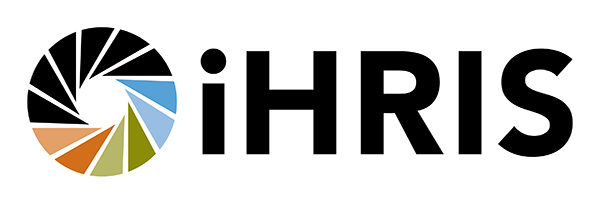From Data to Decisions: Synthesis of Information
The DDDM workshop in Uganda this summer provided the first opportunity for many of the participants to review and discuss reports from the iHRIS Qualify system in the Nurses and Midwives Council. Dr. Pamela McQuide, HRIS leader, said she was extremely excited about participants’ reactions to seeing the reports. “When participants had actual Ugandan data, they erupted in discussion,” she said. She explained that the reports spurred lots of questions and they talked for three or more hours, showing that “they are very hungry for their own data and supporting it.”
One participant said the workshop gave meaning to the data they had been generating and built up credibility and interest in the HR information systems being established in Uganda. “It was the first attempt we had at integrating information from the various sub-systems in HRH and seeing how all these sort of fit together in order to have meaningful information.” He went on to say that the most surprising thing he realized was the amount of data already available. “It was just amazing to know there was so much data already available from different subsystems. I found that overwhelming, it was just phenomenal.” As he stated, a strong HRIS is a phenomenal tool for integrating data, where the sum becomes much more important than the parts.
Another participant said that after viewing the data he realized they already had routine information that they should start taking advantage of. He described how different the situation in Uganda was before HRIS strengthening was initiated, “We were looking at a format that was inaccessible, it was paper-based and in containers, but now that it’s in a database it’s easy to analyze.” He went on to say that the reports presented at the workshop were “able to tell us what was really happening on the ground.”
The HRIS team is in the process of implementing similar systems at the other three Uganda medical licensing bodies (the Pharmacy Council, Medical and Dental Council, and Allied Health Professional Councils). As an outcome of the workshop this summer, bi-annual HR data reports will be produced. The reports will incorporate data from all four councils and other sources, such as data from the EU and will influence annual reporting, budgeting, and strategic planning.
Once data can be integrated from various sources and reports can be generated, it is important that the information is presented in a variety of ways so that decision makers can understand and use it. Dykki Settle, HRIS leader, led a session on data quality and presentation that covered useful techniques to enable decision makers to use data. He emphasized that reports should be timely, tied to policy questions and available to the right people. Colorful reports will not be effective unless, as Ummuro Adano has stated, they are “combined with active leadership, change management, and effective professional development for key decision makers.”
